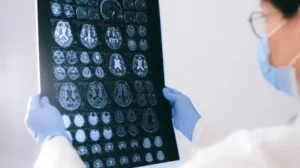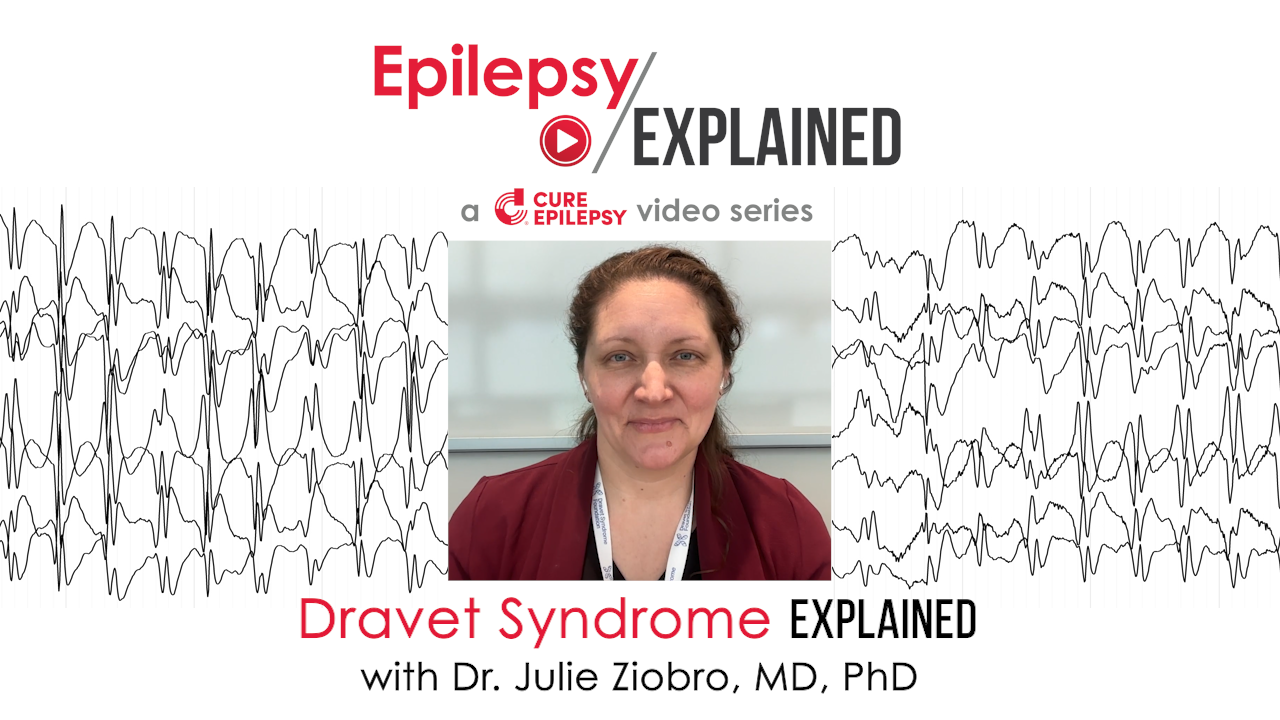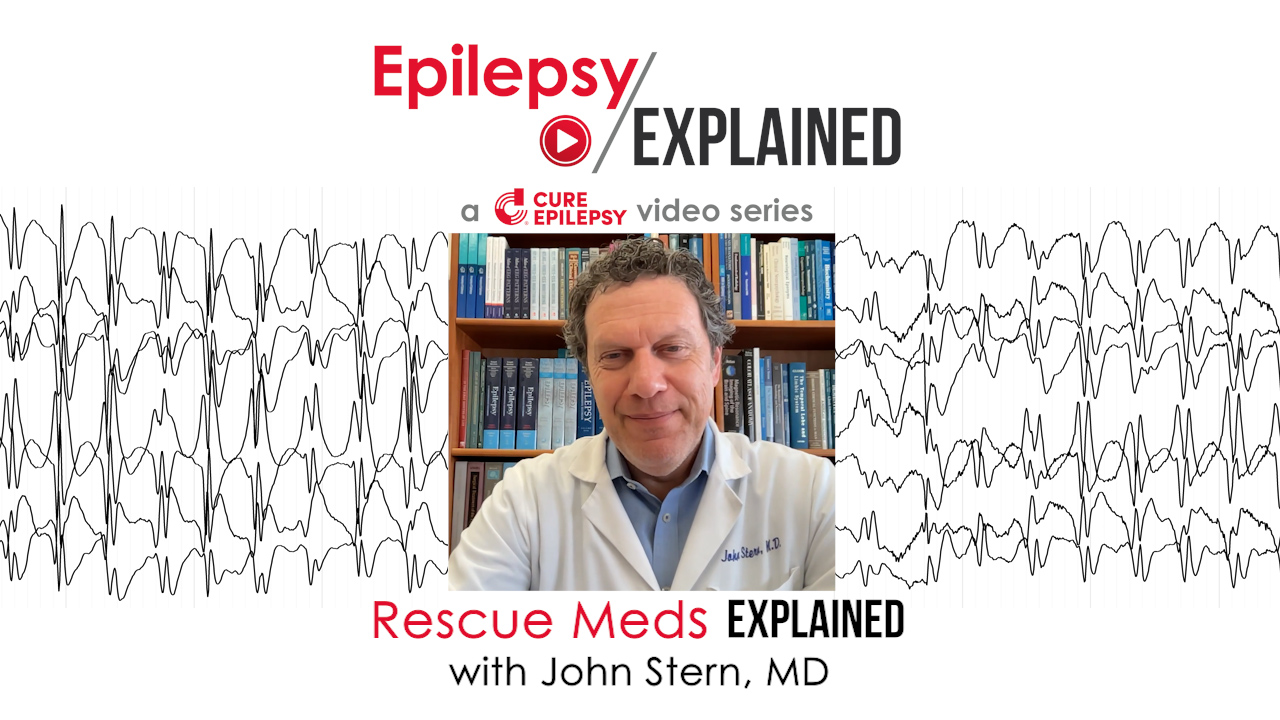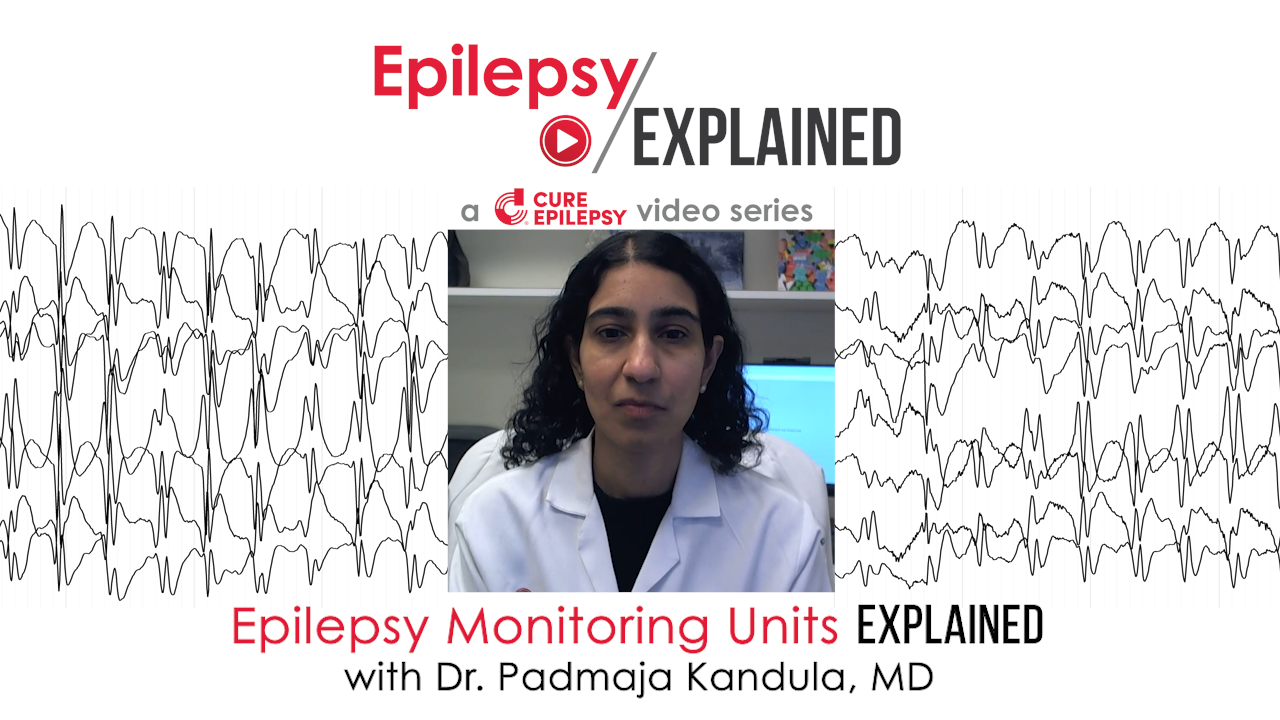Dravet Syndrome: What it is and what you should know
This month’s Epilepsy Explained features Dr. Julie Ziobro, Pediatric Epileptologist at University of Michigan Health, and focuses on Dravet Syndrome, a rare epilepsy syndrome that occurs in early infancy or childhood. Dr. Ziobro explains what causes Dravet Syndrome, how it presents and is diagnosed, long-term prognosis for those with Dravet, and talks about promising research being conducted on Dravet Syndrome. She also explains why it’s important for those with Dravet to have a seizure action plan and what should be included in that plan. In “Dravet Syndrome Explained”, Dr. Ziobro answers the following questions.
0:00 Intro
0:16 What is Dravet Syndrome and what causes it?
0:47 What are the symptoms of Dravet Syndrome and how is it diagnosed?
1:48 Are there certain medications or treatments that are prescribed for those with Dravet Syndrome?
2:59 What should be included in a seizure action plan for a person with Dravet Syndrome?
3:55 Are there impacts or comorbidities in addition to seizures that those with Dravet Syndrome my experience?
4:33 What is the long-term prognosis for those diagnosed with Dravet Syndrome?
6:01 Is there any promising research being conducted on Dravet Syndrome?
Video Transcript
0:16 What is Dravet Syndrome and what causes it?
Dr. Julie Ziobro:
So Dravet Syndrome is what we call a developmental and epileptic encephalopathy, or a DEE. In particular Dravet Syndrome begins in infancy and it impacts throughout the lifespan. It’s a rare disease and it affects about one in 15,000 individuals. In most patients Dravet Syndrome is actually caused by a genetic change in a specific gene called SCN1A. And this gene affects how the brain cells develop and communicate with one another.
0:47 What are the symptoms of Dravet Syndrome and how is it diagnosed?
Dr. Julie Ziobro:
There’s a lot of symptoms that go along with Dravet Syndrome. So children with Dravet Syndrome typically have seizures in their first year of life, sometimes a little bit later. And then often their seizures are actually provoked by fevers or warm temperatures. And their seizures can be unique and somewhat times really scary as they can be really prolonged or difficult to control. Their seizure types might change as they grow, and children will initially have normal development, but their developmental progress tends to slow as they get older, and they will all have some degree of developmental delays apparent by about age five. There’s a lot of other comorbidities associated with Dravet Syndrome and they vary a lot from patient to patient, but children may have balance problems, orthopedic conditions, some sleep difficulties, or other sensory disorders. So in general, Dravet Syndrome is diagnosed when a patient has these clinical features and then they have genetic testing that confirms that they have a disease-causing variant in that gene SCN1A.
1:48 Are there certain medications or treatments that are prescribed for those with Dravet Syndrome?
Dr. Julie Ziobro:
Absolutely. So this is really exciting actually for Dravet Syndrome because there’s been a lot of research, especially within the last 20 years, in the best treatment algorithms for people with Dravet Syndrome. So recently a panel of experts has formulated recommended treatment pathways for patients with Dravet Syndrome, and it generally includes using valproate as a first-line medication. And then second-line medications would include Fenfluramine, Stiripentol, or Clobazam. The interesting thing is that Stiripentol, Cannabidiol, and Fenfluramine have actually had specific FDA indications for Dravet Syndrome and they’ve undergone clinical trials specifically for Dravet Syndrome. Importantly, I think it’s also notable to mention that there are medications that need to be avoided in patients with Dravet Syndrome. So this includes sodium channel blocking medications, things like Carbamazepine or Lamotrigine as they can actually make seizures worse in patients with DS. Another really important thing to think about in treating a patient with Dravet Syndrome is to have a really good seizure action plan that’s individualized to the patient. So in Dravet Syndrome, there’s a very high risk for status epilepticus. So this needs to be discussed early once the diagnosis is made.
2:59 What should be included in a seizure action plan for a person with Dravet Syndrome?
Dr. Julie Ziobro:
Yeah, that’s a great question. So things I like to think about are what kind of seizures the patient has, what other medications they’re on, and if they’ve ever had a history of status epilepticus and how difficult it’s been to control. So in the seizure action plan, I like to include timing about when they should be giving the medication, whether that’s earlier than we typically expect for other patients with epilepsy or not, and then how often they can give their rescue medications. So when can they give a second dose? I also like to have instructions about when a patient should be calling 911. And then I also include instructions on there for either the EMS providers or the emergency room providers as far as what they might consider for a second and third line medications if needed in the emergency room. In addition, I will have on there those medications to avoid, so those are not inadvertently given in the emergency room as well. And then I always put my phone number for our clinic as well so that the emergency room doctors can get in touch with us if needed.
3:55 Are there impacts or comorbidities in addition to seizures that those with Dravet Syndrome my experience?
Dr. Julie Ziobro:
As I mentioned earlier, Dravet, like the other developmental and epileptic encephalopathies, is really more than just the seizures. So the comorbidities in Dravet Syndrome that we think about include the developmental disorders, including a higher rate of autism spectrum disorder. In addition, patients can have sleep problems, they can have growth and nutrition problems, they can have movement disorders or other orthopedic concerns, in addition to other behavioral problems. And these vary greatly from individual to individual, but they’re really just as important to address and manage as the seizures.
4:33 What is the long-term prognosis for those diagnosed with Dravet Syndrome?
Dr. Julie Ziobro:
Yeah, this is a very challenging question because it really does vary by individual. And we know that this is actually changing pretty rapidly as our treatments have been improving. So historically, patients with Dravet Syndrome had a really high mortality rate due to sudden unexpected deaths in epilepsy, or SUDEP, and it’s been reported up to about 20% in Dravet Syndrome in particular. However, we now know and believe that this risk is actually dropping because of improvements in seizure control with some of these newer medications. So we do think that the risk of SUDEP is substantially dropped in patients with DS just by having better seizure control, but we still know that it’s probably higher than the general population with epilepsy.
As far as the long-term prognosis, we are learning more and more about adults with Dravet Syndrome as they’re being identified by genetic testing. So realize that many of these adults didn’t have testing as children, so they never actually had a formal diagnosis of Dravet Syndrome until they’re in their 30s or even 40s or later. So things we’re learning about these patients is that overall we know that their seizure burden often stabilizes as they become adults, but then there are other things to consider. So things like the movement disorders and gait problems, they tend to worsen as they get older. We know right now that the large majority of adults with Dravet Syndrome have at least some degree of intellectual disability, whether that be moderate to severe and require some degree of caretaking.
6:01 Is there any promising research being conducted on Dravet Syndrome?
Dr. Julie Ziobro:
This is so exciting. There’s so much promising research in Dravet Syndrome right now. So in addition to clinical trials for new or other repurposed anti-seizure medications specifically for Dravet Syndrome, Dravet is actually the first DEE with these large-scale clinical trials that are for gene-targeted therapies. So this includes something called an antisense oligonucleotide or ASO, which is designed to increase the amount of that normal sodium channel expressed in the brain. And this is actually about to enter phase III trials and has had some exciting results so far.
In addition, there’s actually a gene therapy for Dravet Syndrome that has just entered human trials also. So this one is a single infusion and it’s designed to increase the expression of the normal gene in the brain cells that are most affected by Dravet Syndrome. This had really promising and exciting results in the preclinical models. So we’re all looking forward to seeing some results in humans as well.
In addition to all the things that got us to this point, so there’s been a ton of laboratory research in Dravet Syndrome in animal models, so including mice and rabbits, zebrafish models, and then also in human cell culture models as well. And these have all been aimed at really improving our understanding of the whole disease and trying to figure out how we can improve all aspects of the disorder. And I think it’s really important at this point to note that a lot of this work has stemmed from some very fruitful collaborations between motivated patient and family advocacy groups and scientists who have really helped to move this field forward.









